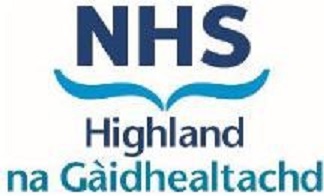

Vascular access is the most common procedure for patients in secondary care and, with recent improvement and advances in technology, the choice of devices and insertion techniques have evolved. It is the responsibility of any healthcare professional looking after a patient to consider the most appropriate means of vascular access depending on the situation and treatment plan. Important considerations in determining the appropriate vascular access device are:
NHS Highland Peripheral Vascular Access group have reviewed evidence pertaining to the insertion of vascular access devices and have developed guidance in this area to support clinicians when making decisions relating to patient care and choice of device.